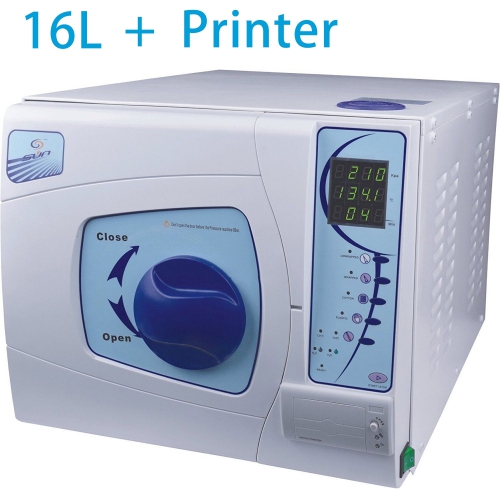Sterilization in dentistry is very important, and dentists and dental assistants typically clean and disinfect most surfaces in a their offices and treatment rooms to help prevent the spread of germs. Disposable dental supplies Australia are also used whenever possible. Tools that are not disposable are generally scrubbed by hand and placed in a machine known as an autoclave. This machine then disinfects the tools by spraying them with very high-pressure steam, which kills most micro-organisms. Any tools that can not be subjected to high heat or moisture are usually disinfected with chemicals.
Sterilization is a necessary part of the maintenance of your dental handpiece. This process also puts your handpiece under the most stress with wear and tear. Maximum temperatures in your dental autoclave shouldn’t reach more than 140 degrees Fahrenheit. This can help to preserve your handpiece just a bit longer in between the need for service.

Any tools that can not be subjected to moisture or intense heat must be sterilized with other methods. Chemicals are often used during sterilization in dentistry as well. Some of the chemicals used to kill germs and sterilize dental tools are typically iodine or alcohol based, since both of these chemicals are very effective at killing germs.
Tools that can’t be thrown away, such as dental drills, are generally put through a very intensive dental sterilization process. First they are usually vigorously scrubbed by hand. This is usually done with hot water and detergent, and it helps remove any large particles, such as plaque. They may also be placed in a vibrating tray filled with cleaning solution, which can help remove very small particles.
Hot salt/glass bead sterilizers are not acceptable for the sterilization of items between patients. The endodontic dry heat sterilizer (glass bead sterilizer) is no longer cleared by the Food and Drug Administration (FDA). The FDA Dental Device Classification Panel has stated that the glass bead sterilizer presents “a potential unreasonable risk of illness or injury to the patient because the device may fail to sterilize dental instruments adequately.”
No national mandate requires such a log in a private practice dental office, but requirements in individual states can vary. For example, Indiana requires that sterilizer time(s) and temperature(s) be documented in the dental office infection control manual. Contact your state dental licensing agency to determine if similar requirements exist in your are. Because recordkeeping can play a role in risk management, it may be wise to consult your attorney for advice on maintaining such records.